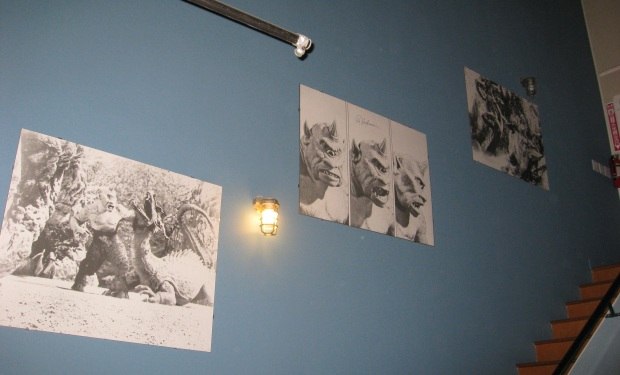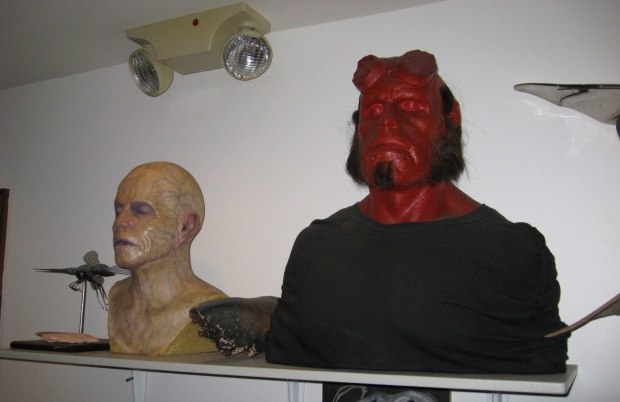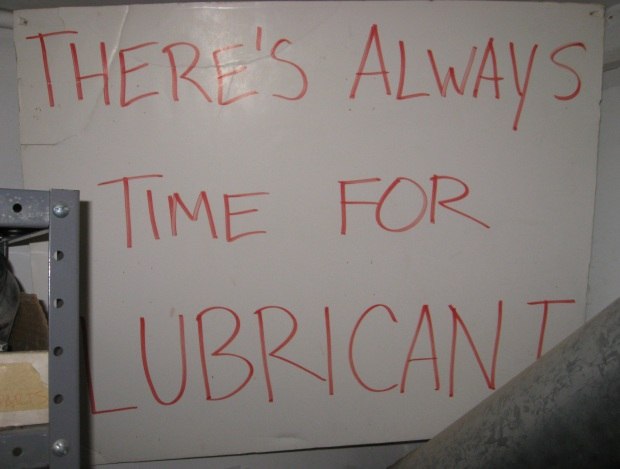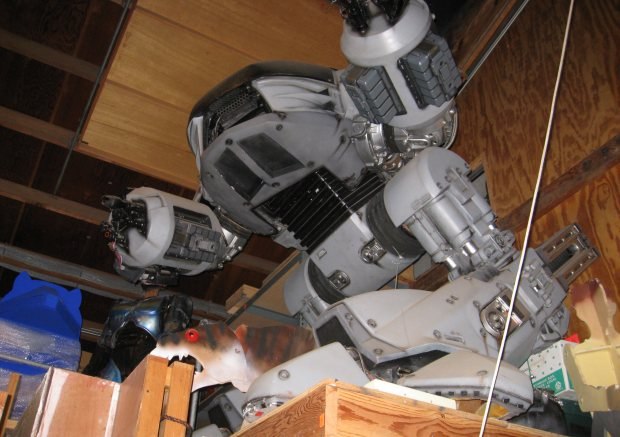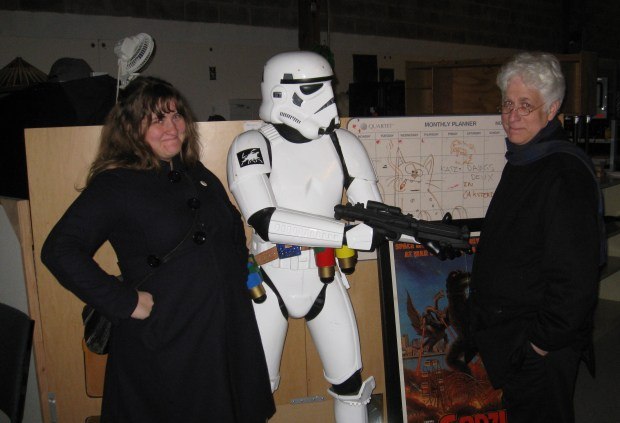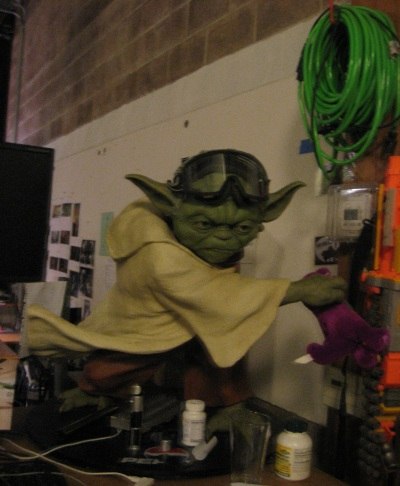Tippett Studio is a well-known cg studio that specializes in feature film visual effects and creature animation. Legendary founder Phil Tippett is the creative force behind some of the most iconic animated creatures and characters in cinematic history. Our second day ended with a screening and highly anticipated tour of their main production facilities. We were not disappointed.
Written by Dan Sarto
Tippett Studio is a well-known cg studio that specializes in feature film visual effects and creature animation. Legendary founder Phil Tippett is the creative force behind some of the most iconic animated creatures and characters in cinematic history, including the miniature chess scene in the first Star Wars movie, the animated robots in RoboCop, the breakthrough animated dinosaurs of Jurassic Park, the deadly arachnids of Starship Troopers and the transforming werewolves of the Twilight movies. The studio is located in Berkeley, California, housed in a collection of small buildings nestled within walking distance of each other. Our second day ended with a screening and highly anticipated tour of their main production facilities. We were not disappointed.
When we arrived, our host, Lori Petrini, was busy setting up a table of refreshments right outside the screening room. Following our established routine, Ron began the screening with a few words, thanking the studio for its support of the Oscar Tour as well as the annual Animation Show of Shows tour he runs every November, introducing Max, Jakob and Geefwee and their films. The screening began, Lori gathered us up together and the studio tour commenced.
While most animation studios are filled with posters and toys of all shapes and sizes, the Tippett studio additionally is filled with models, props and other physical reminders of 25 years of movie making magic. While the company works primarily in cg, they still have considerable expertise in model making and stop-motion miniatures – computers rub elbows with fabrication equipment, giving the studio a palpable, visceral “feel” absent from digital-only facilities.
Lori walked us through the main building, outside and down the block to another building that houses a machine shop and stage downstairs, design and model-making stations upstairs. On our way back to the main building, we stopped by another building, an old firehouse, which houses primarily cg workstations and related gear. There are arachnid body parts and various models on almost every spare shelf and open wall – every building is filled with an array of prosthetic and mechanical models both familiar and foreign. The inner geek in all of us came alive as we walked, something cool to look at in every direction. Since we were allowed to take pictures of all but a handful of displays, we all came away with our cameras filled.
We finished our tour and arrived for Q&A. Jakob was asked about the origin of The Gruffalo. He explained that their producer, Michael Rose, had been discussing the project with him since 2003, eventually securing rights and bringing in Jakob’s Studio Soi in 2006. Tom Gibbons, Tippett’s animation supervisor and himself an animated short film director (The Hunger Artist, Still I Remain) remarked that he was familiar with and quite fond of the children’s book the film is based on.
Geefwee talked about the origin of his film, how he worked solo until the last 6 months, when he got some help with different areas of post-production. He mentioned that he’s been trying to promote his film for the last year with some success, but the nomination has helped tremendously. Tom asked a number of questions about production time frames, budgets and design. Geefwee explained that he’d had a regular career, working at Disney for a number of years, then Pixar for 7 years, but that he never felt it was a great fit. So, in a sense, he left his career behind to try other things. Initially, he wanted to produce children’s books, but his publishing of “Arrowville” in 2004 never quite caught on despite good reviews and critical acclaim. He got a big laugh when he told the audience that he figured at that point, since he wasn’t making any money writing children’s books, he could make the same amount of money making short films. A question was asked about the look of The Gruffalo and Jakob explained how they’d tested and then decided on practical sets with cg characters based on the production schedule and budget. Jakob was asked about the outstanding voice cast that acted on the film and he explained how they just lucked out, that it was great fun to direct the actors, that they just tried to get everyone in the UK that had appeared in a Harry Potter movie.
The questioning ended and after some final one on one conversation and last minute snacking, we said our goodbyes and headed out. We needed at least a few hours sleep before we took to the road again for our Friday stops at Pixar and Dolby Labs for the ASIFA San Francisco screening.
Dan Sarto is Publisher and Editor-in-Chief of Animation World Network.


